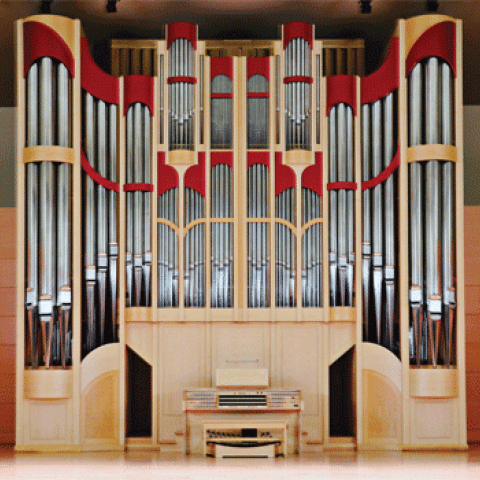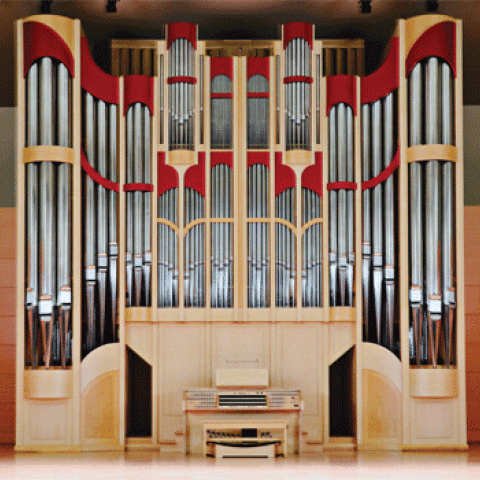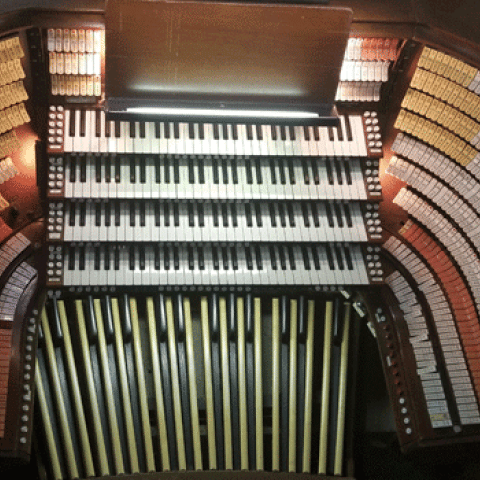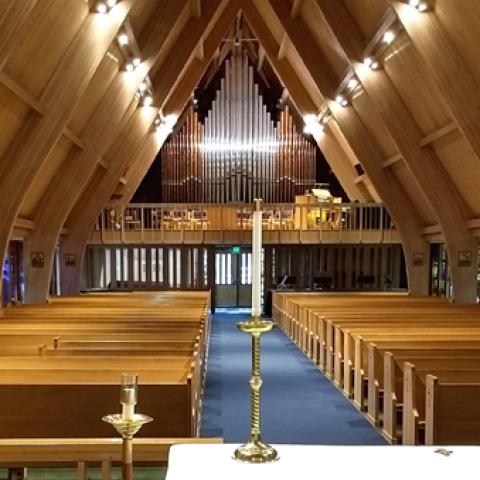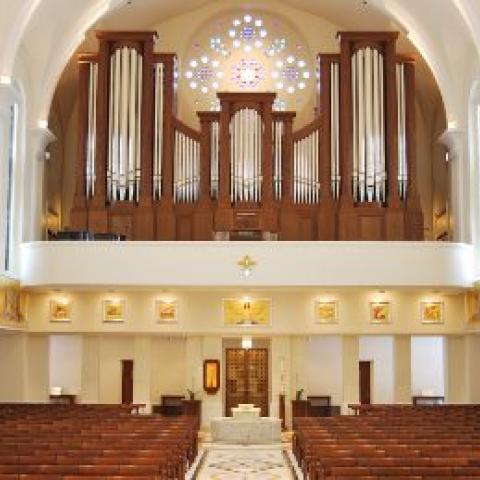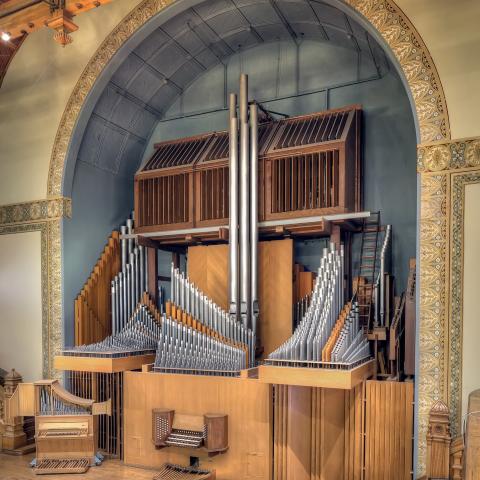
Aspen Community United Methodist Church, Aspen, Colorado, announces its 2020 series of organ recitals:
January 29, Simon Jacobs;
February 25, James Welch;
June 30, Stephen Hamilton;
July 19, Christopher Houlihan;
August 9, Gregory Zelek.
The two-manual, 34-rank Wicks organ was built in 1999, with additions in 2019.
For information: www.aspencommunitychurch.org.

